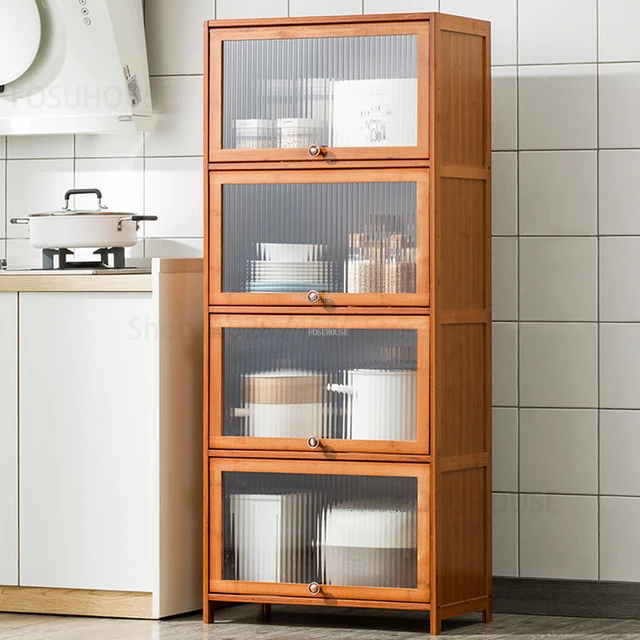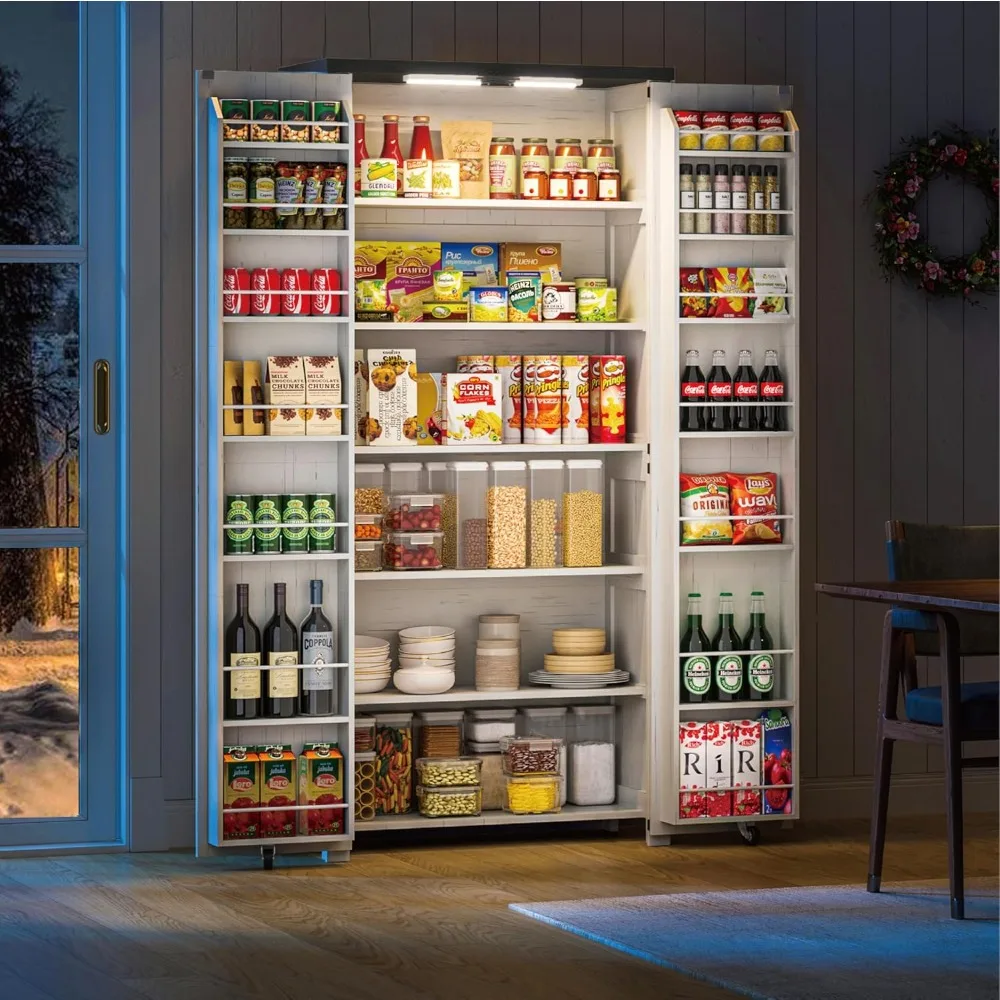Introduction
Keeping your kitchen scissors sharp is essential for efficient cooking and meal preparation. Just like knives, scissors lose their edge over time, making cutting tasks more difficult and dangerous, as dull blades require more force to use and can slip off the item being cut. However, many home chefs are unaware that their kitchen shears can be easily and quickly sharpened right at home, with common household items. This doesn’t only save time and money, but also extends the life of your scissors.
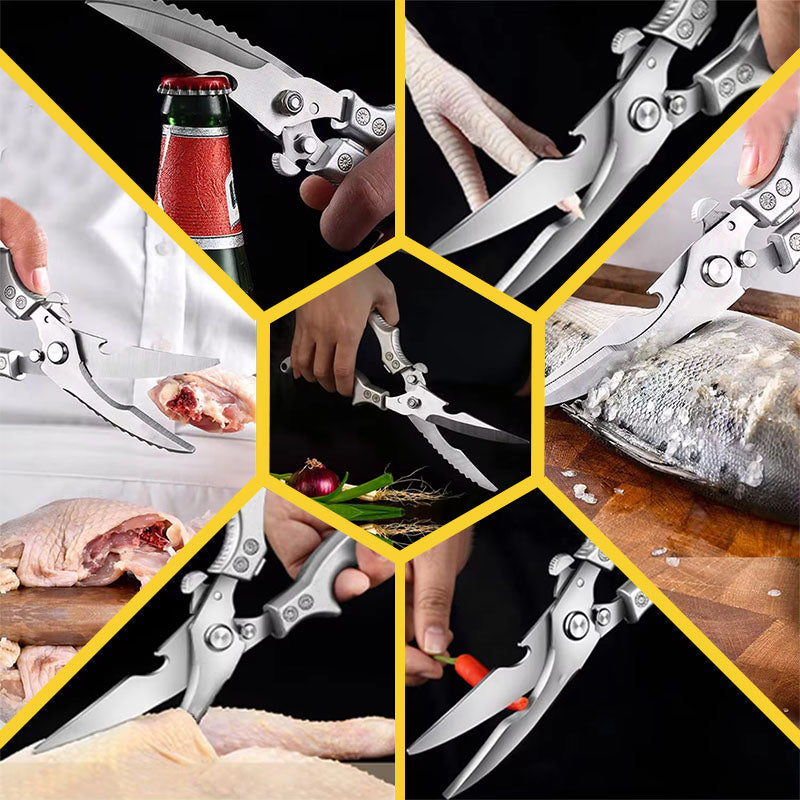
In this blog, we’ll walk you through five easy methods on how to sharpen kitchen scissors using items you’re likely to have in your home already. Each method includes a step-by-step guide, advantages, and safety precautions to ensure you maintain your shears in top condition. Whether you choose sandpaper, aluminum foil, a glass jar, a whetstone, or a rotary tool, you’ll find your scissors cutting smoothly again in no time. Let’s dive in and keep those shears slicing seamlessly!
Method 1: Using Sandpaper
Step-by-Step Guide to Sharpening with Sandpaper
Sharpening your kitchen scissors with sandpaper is a simple process. Begin by finding a sheet of sandpaper, ideally with a grit rating between 150 and 200. Fold the sandpaper in half, smooth sides together, so the rough sides face outward. Open the scissors and cut through the sandpaper several times, using the full length of the blades. Do this ten to fifteen times or until the desired sharpness is achieved. Afterward, clean the blades with a towel to remove any residue.
Advantages and Precautions
This method of how to sharpen kitchen scissors offers several benefits. Using sandpaper is inexpensive, widely available, and efficient. It allows you to quickly restore the edge of your scissors without needing specialized tools. As a precaution, ensure your fingers are clear of the cutting area to avoid accidents. Always cut into the sandpaper at an angle that matches the existing blade edge. After sharpening, dispose of the used sandpaper properly and store the scissors safely.
Method 2: Using Aluminum Foil
How Aluminum Foil Sharpens Scissors
Aluminum foil is a great sharpening tool for kitchen scissors. The metal-on-metal action helps fine-tune the edge of dull blades. As you cut through the foil, it smooths the blade and removes tiny burrs that cause dullness. This method is also safe and effective.
Step-by-Step Aluminum Foil Sharpening Technique
For this method, you’ll need a piece of aluminum foil about 10 inches long. Fold it lengthwise multiple times until it’s thick. Then, fully open your scissors and slice through the foil ten to twenty times. Make sure to use the entire cutting edge. The foil’s resistance helps hone the blades. After cutting, carefully wipe the scissors with a towel to clear off any residue. This simple technique will get your scissors sharper in no time.
Method 3: Using a Glass Jar or Mason Jar
Sharpening your kitchen scissors with a glass jar is a clever and resourceful technique. It utilizes an item most people have readily available in their homes, making it a convenient option for quickly honing scissor blades.
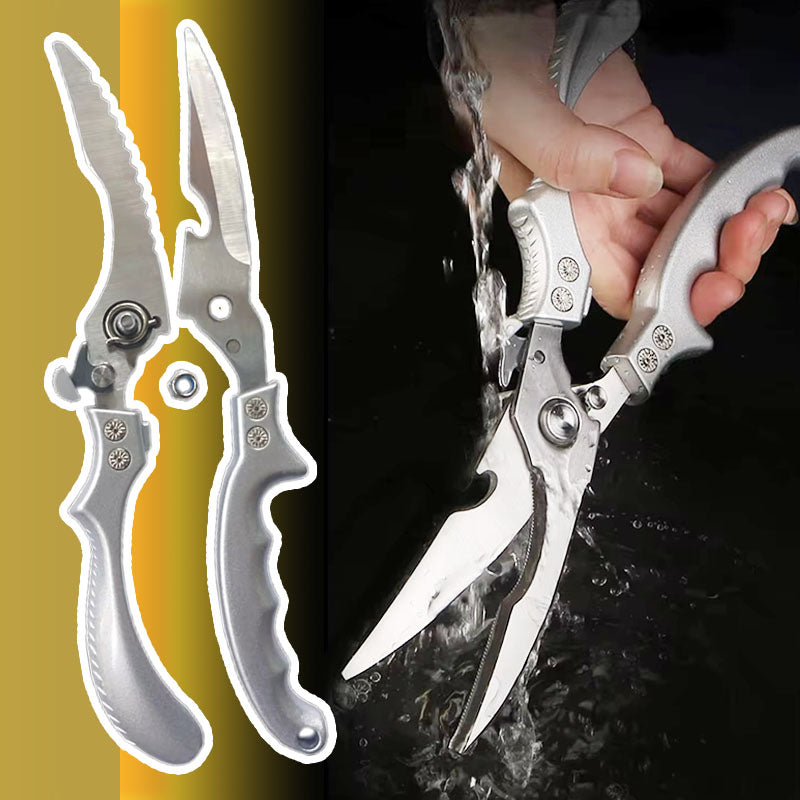
The Process of Sharpening with a Glass Jar
To sharpen kitchen scissors using a glass jar, find a sturdy jar with no contents. Hold the jar firmly in one hand and the scissors in the other. Place the scissors around the mouth or neck of the jar, ensuring the entire length of the blade touches the glass. Then, gently cut down the length of the jar. The glass’s hard surface acts as a sharpening rod. Repeat this motion about fifteen to twenty times for each blade.
After the sharpening session, check the sharpness of the scissors. If they still seem dull, repeat the process. Once you’re satisfied with the sharpness, proceed to the safety tips below.
Safety Tips When Using Glass Jars for Sharpening
Working with glass requires extra caution to prevent accidents. Secure the jar on a non-slip surface before starting. When sharpening, use gentle pressure to avoid breaking the jar or slipping. Keep your fingers away from the blades to avoid cuts. After sharpening, always wipe down the blades to remove any small glass particles. Be sure to inspect the jar for any scratches or damage and dispose of it properly if necessary.
With these simple steps and safety precautions, you can effectively sharpen your kitchen scissors using a glass jar without any specialized tools or equipment.
Method 4: Using a Whetstone
Sharpening kitchen scissors with a whetstone is a traditional technique. Whetstones offer a precise edge and long-lasting sharpness to scissors. You will need a dual-grit whetstone, typically featuring a coarse and a fine side.
Detailed Instructions for Whetstone Sharpening
To start, place the whetstone on a stable surface. Use a kitchen towel beneath to prevent slipping. Wet the stone with water to provide lubrication. Then, separate the blades if possible.
Grip one blade and hold the edge against the coarse side of the stone. Slide the blade across the stone in a smooth motion, from the base to the tip. Do this ten times, then switch to the fine side of the stone. Repeat the motion five times for finishing.
Ensure to keep the blade angle consistent. Wipe the blade with a cloth after each pass. Repeat for the second blade.
Maintaining the Right Angle with a Whetstone
The key to effective sharpening is to maintain the original angle. Kitchen scissors typically have an angle of 20 to 30 degrees. Keep this angle steady as you slide the blades across the stone.
If you are uncertain of the angle, use a guide or start with a more forgiving angle. Consistency will lead to a sharp, even edge on both blades. After sharpening, wipe the scissors clean with a damp towel to remove any stone residue.
Using a whetstone may take practice, but with the right technique, you’ll achieve a fine edge. For optimal performance, regularly maintain your kitchen scissors with this reliable method.
Method 5: Using a Rotary Tool
Rotary tools offer a quick, precise way to sharpen kitchen scissors. These tools are often used for detail work in various crafts and repairs and can be effective for sharpening blades as well.
Rotary Tool Sharpening Procedure
To use a rotary tool for sharpening your scissors, start by securing the scissors. You might need a vise or a helper to hold them steady. Make sure the blades are firmly in place with the tips pointing up. Attach a grinding stone to your rotary tool and set it to the appropriate speed. Look closely at the scissors. One side will be beveled; this is the side to sharpen. Sharpen each blade equally, keeping the tool at the angle of the bevel, usually about 10 degrees. A few passes should suffice. After sharpening, test the scissors on a piece of cardboard to remove burrs.
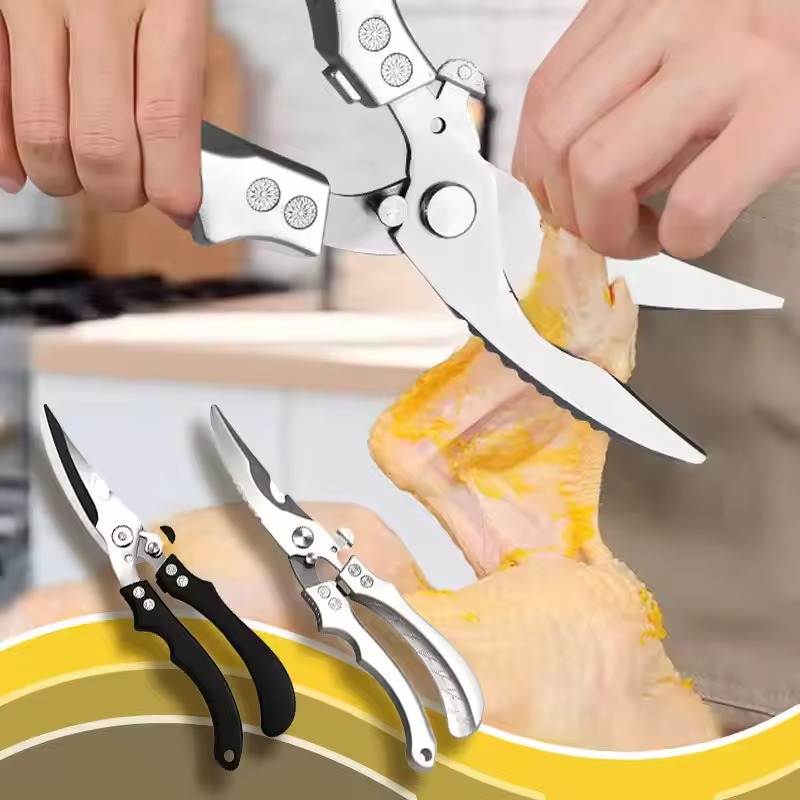
Tips for Achieving the Perfect Edge with a Rotary Tool
To avoid damage, go slow. You want to sharpen, not grind away too much of the blade. Keep the rotary tool moving to prevent overheating one spot. Try to keep the same angle throughout. After sharpening, always clean the scissors. This removes metal filings and maintains the edge. If using a rotary tool feels daunting, practice on an old pair of scissors first.
Additional Tips for Scissor Maintenance
Proper after-care is vital once you’ve sharpened your kitchen scissors. Two key areas to focus on are cleaning the blades and ensuring their even sharpness.
Importance of Cleaning Blades After Sharpening
After sharpening, always clean the blades. This step removes tiny metal shavings and other residues. It protects the scissors and prepares them for their next use. For cleaning, just use a damp cloth or paper towel. Gently scrub the blades until they’re clean. Dry them well to prevent any rust.
How to Ensure Even Sharpness on Both Blades
Keeping both blades equally sharp is important for smooth cutting. When sharpening, count the strokes you do on one blade. Then, do the same number on the other. Look closely at the edges. Make sure they mirror each other in sharpness. If one blade seems duller, give it a few extra strokes. Test the sharpness by cutting through paper. Both blades should glide and cut with ease.
Conclusion
Sharpening your kitchen scissors can be simple and cost-effective. By using methods such as sandpaper, aluminum foil, a glass jar, a whetstone, or a rotary tool, you can restore the sharpness of your scissors with ease right at home. Remember to always clean the blades after any sharpening method to remove any residue. For even cutting performance, make sure both blades have equal sharpness. You can ensure this by counting your sharpening strokes and comparing the blade edges. With these tips and techniques, your kitchen scissors will be ready for any task at hand, saving you both time and the cost of professional sharpening services.
Now that you know how to sharpen kitchen scissors, you can maintain them with confidence. Regular maintenance will keep your shears in top condition and make your cooking prep tasks easier. Thank you for following this guide. Keep slicing smoothly and safely in the kitchen!
